Safe Chewing: Tips for Introducing Yak Chews to Puppies
When it comes to keeping your puppy engaged and their teeth healthy, introducing safe and appropriate chew toys is essential. Yak chews, made from natural yak milk, have gained popularity as a durable and flavorful option for dogs of all ages. However, when introducing yak chews to puppies, it's important to ensure their safety and monitor their chewing habits. In this article, we'll provide you with tips on how to safely introduce yak chews to your puppies.
1. Choose the Right Size and Type:
Puppies have smaller jaws and teeth compared to adult dogs. Opt for yak chews that are appropriately sized for your puppy's age, breed, and size. Choose chews specifically designed for puppies, as they are softer and easier for young teeth to handle.
2. Supervise Early Chewing Sessions:
When introducing any new chew to your puppy, always supervise their early chewing sessions. This allows you to observe how your puppy interacts with the chew and ensure they are not attempting to swallow large pieces. If the chew becomes small enough to swallow, it's time to replace it with a new one.
3. Introduce Gradually:
Start by offering the yak chew to your puppy for short periods of time, gradually increasing the duration as they become more accustomed to it. This helps prevent overconsumption and potential digestive upset.
4. Watch for Allergic Reactions:
While yak chews are generally well-tolerated, there's always a possibility of an allergic reaction. Monitor your puppy for signs of itching, vomiting, diarrhea, or other unusual behaviors after chewing on the yak chew. If you notice any adverse reactions, discontinue use and consult your veterinarian.
5. Rotate Chews:
Puppies can become bored with the same chew over time. Rotate between different types of chews, including yak chews, to keep your puppy engaged and interested. This also prevents excessive wear on their teeth from prolonged chewing on a single type of toy.
6. Monitor Dental Health:
Yak chews can help promote dental health by reducing plaque and tartar buildup. However, make sure to still prioritize regular brushing and dental check-ups for your puppy. Consult your veterinarian to ensure your puppy's teeth and gums remain healthy.
7. Prevent Overconsumption:
While yak chews are digestible, puppies can sometimes consume too much at once. To avoid this, always choose an appropriate size and monitor your puppy's chewing habits. If you notice them breaking off larger pieces, take the chew away and offer it again later.
8. Choose High-Quality Chews:
Invest in high-quality yak chews that are sourced from reputable manufacturers. Quality chews are less likely to splinter or break, reducing the risk of injury to your puppy's mouth and digestive tract.
9. Training and Interaction:
Use yak chews as a reward during training sessions to positively reinforce good behavior. Engage in interactive play with your puppy while they have the chew, creating a positive association and keeping them mentally stimulated.
10. Dispose of Small or Worn-Out Pieces:
As your puppy chews on the yak chew, small pieces may break off. Regularly check the chew for any small or worn-out pieces that could pose a choking hazard. Dispose of these pieces appropriately.
Conclusion:
Yak chews can be a wonderful addition to your puppy's chewing routine, offering both entertainment and dental benefits. By selecting the right size, supervising early sessions, and following the above tips, you can ensure a safe and enjoyable experience for your puppy as they explore the world of yak chews. Remember that each puppy is unique, so pay attention to their individual needs and preferences as you introduce them to this new type of chew.


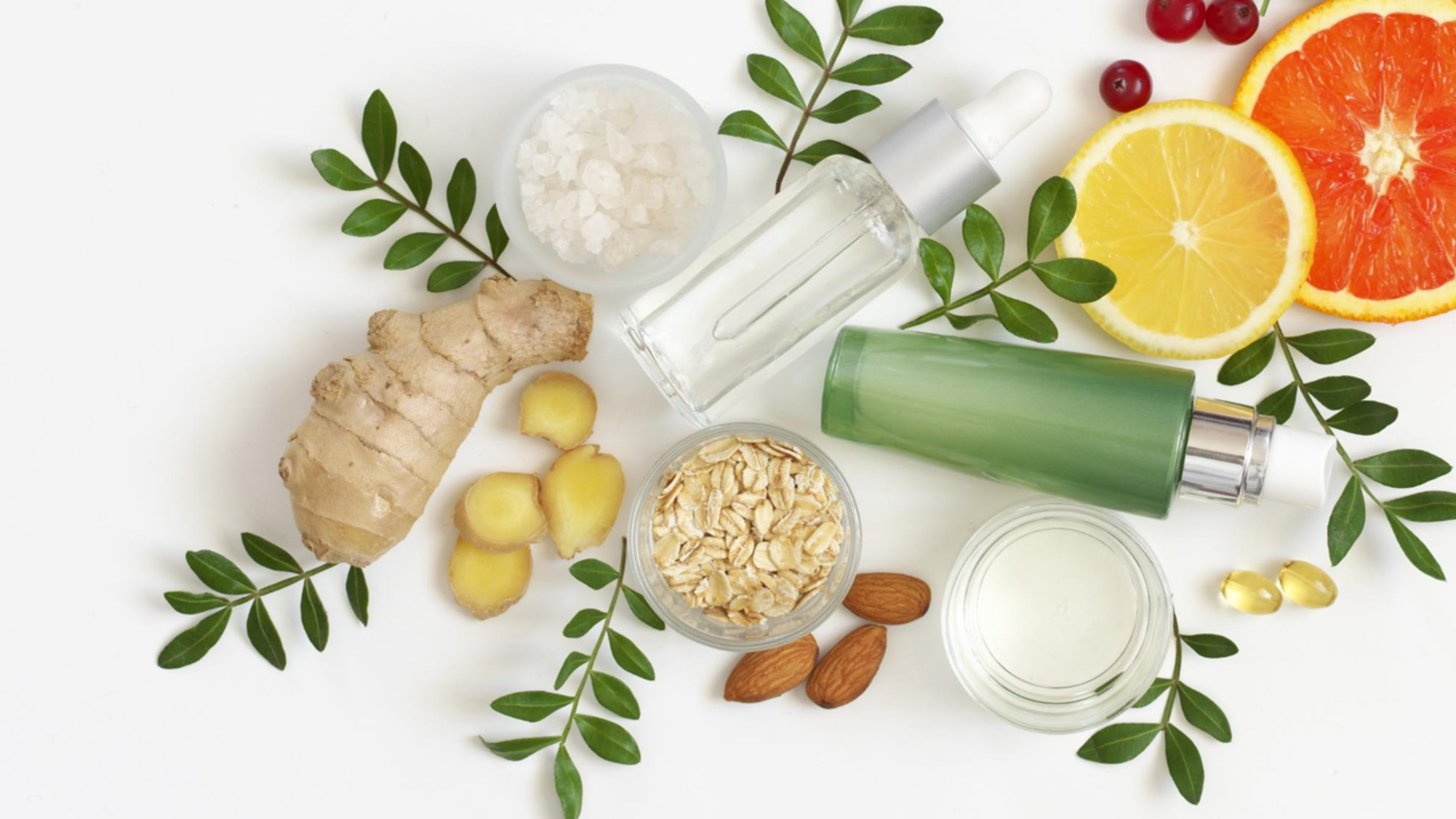
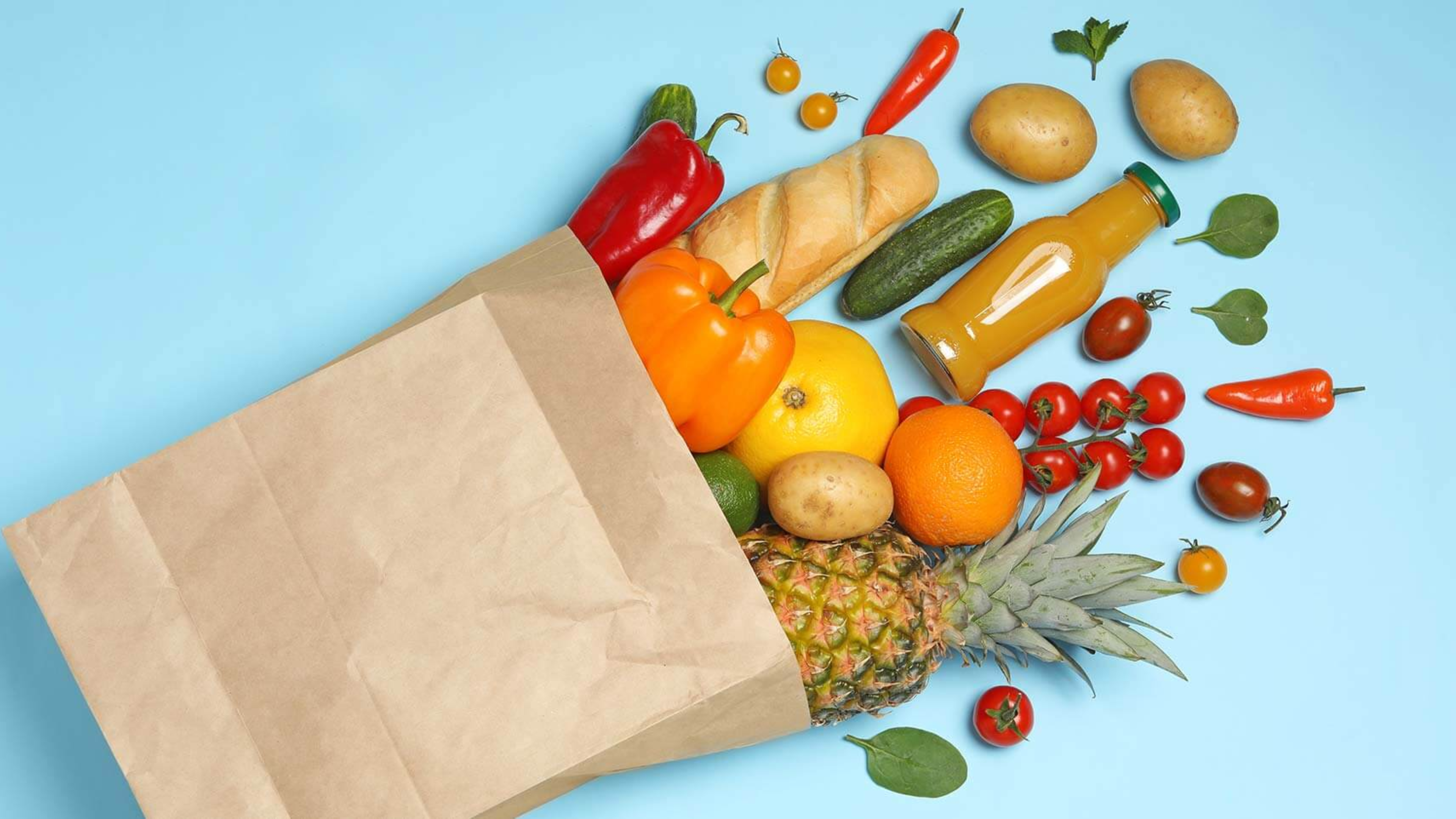

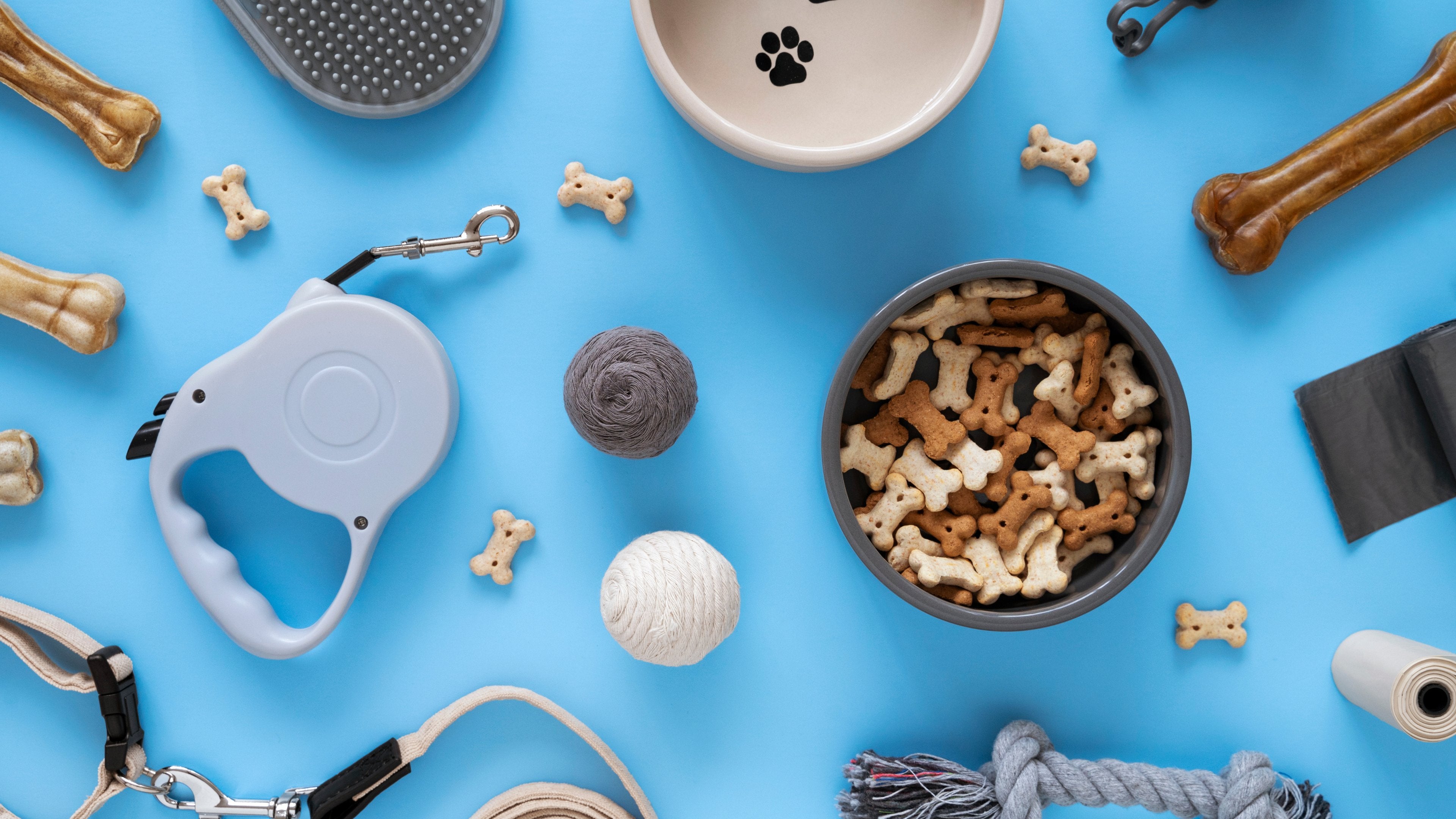

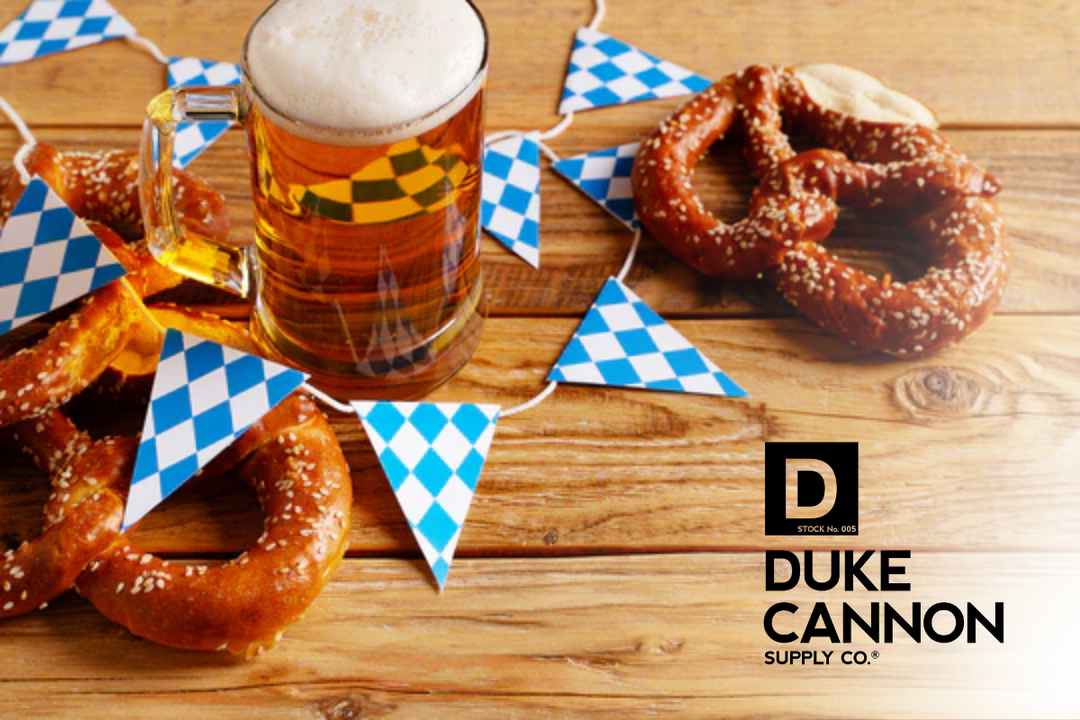
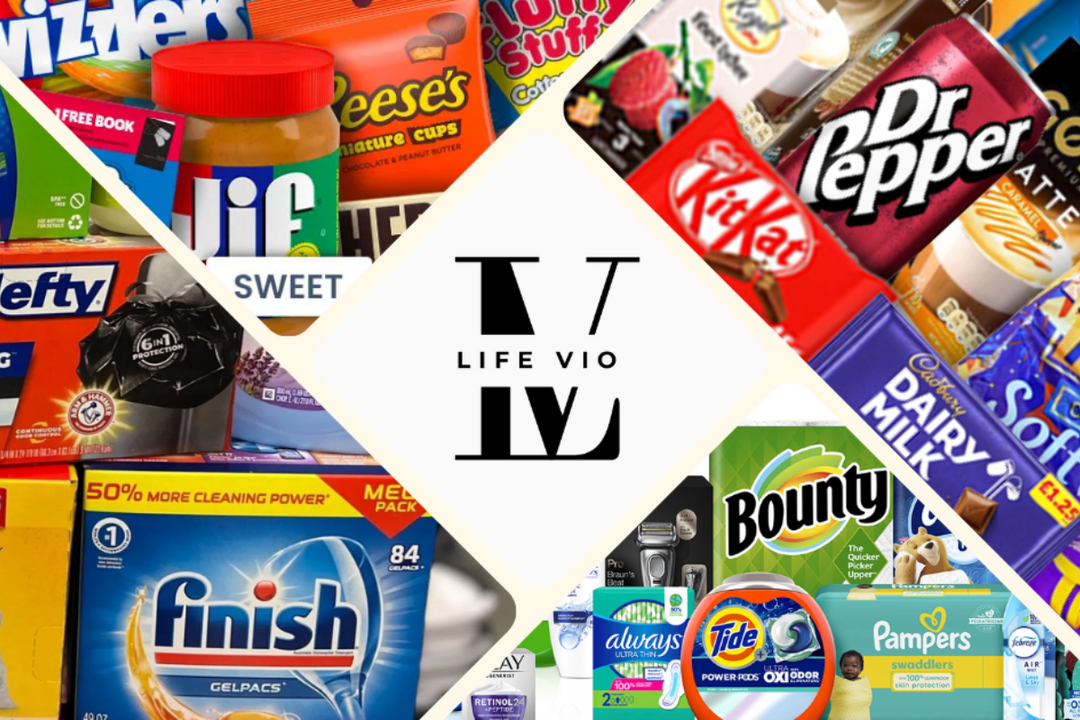

Leave a comment